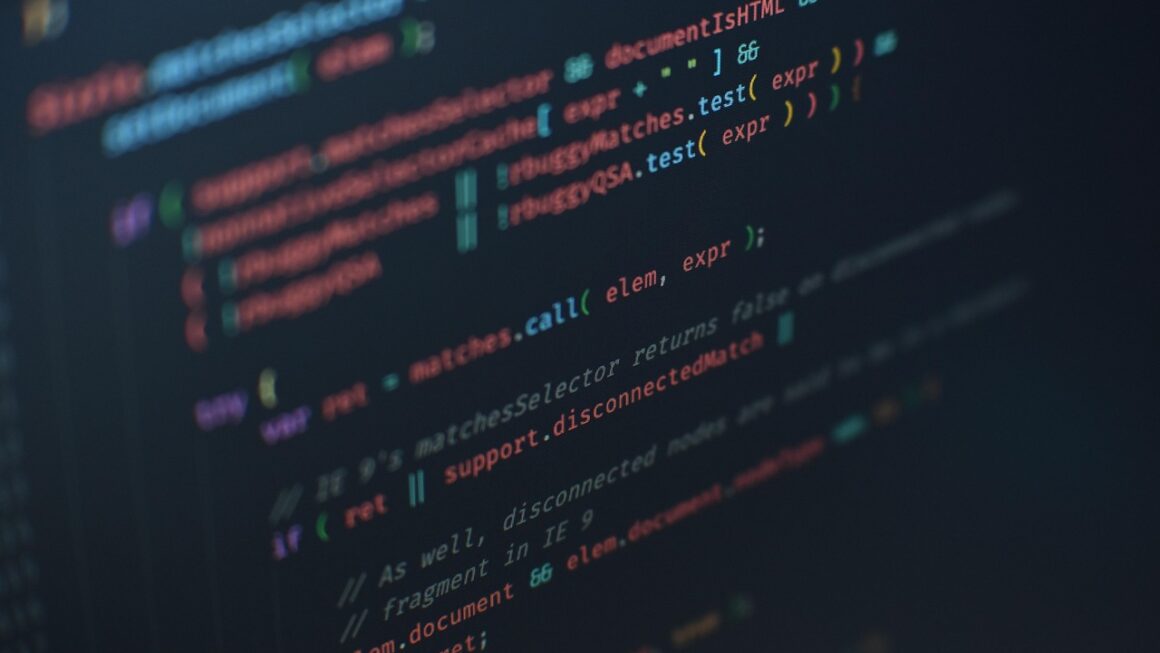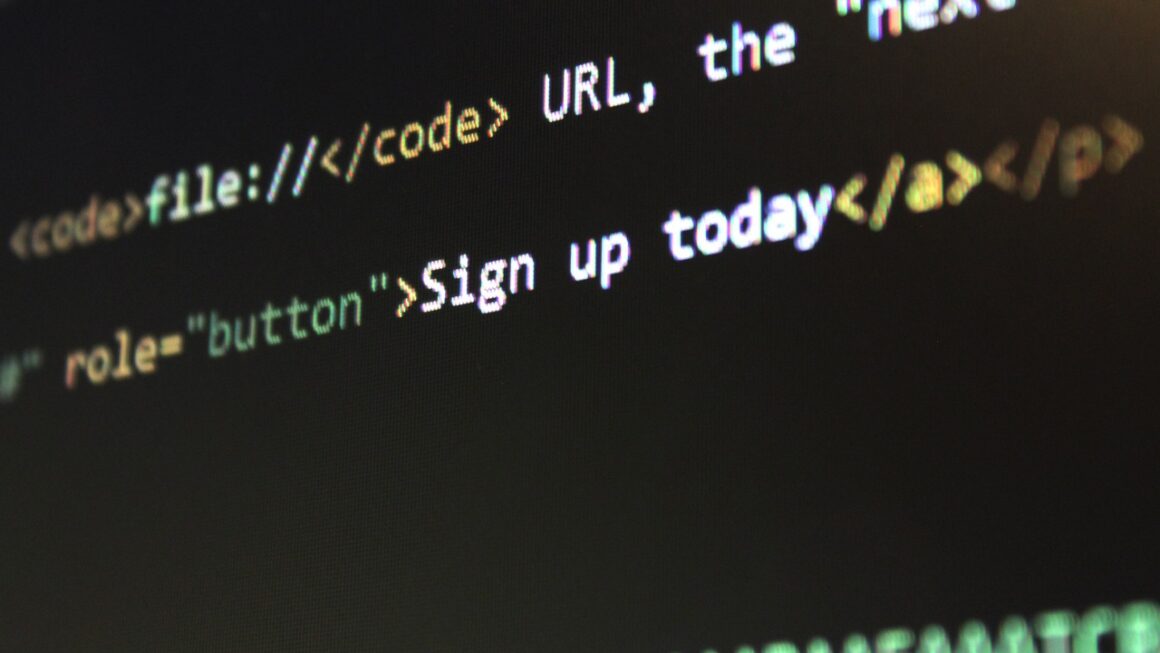Coding, once a purely human domain, is rapidly evolving with the integration of Artificial Intelligence (AI). AI coding automation is no longer a futuristic fantasy but a present-day reality, transforming software development and offering unprecedented opportunities for efficiency, speed, and innovation. This technological revolution promises to reshape the roles of developers, democratize software creation, and accelerate the digital transformation across industries.
Understanding AI Coding Automation
What is AI Coding Automation?
AI coding automation involves using AI technologies, such as machine learning and natural language processing, to automate various aspects of the software development lifecycle. This ranges from generating code snippets and suggesting code completions to identifying bugs and even designing entire software architectures.
- Machine Learning (ML): ML algorithms learn patterns from vast amounts of code and data, enabling them to predict and generate code.
- Natural Language Processing (NLP): NLP allows developers to interact with coding tools using natural language commands, simplifying complex coding tasks.
- Generative AI: These models, often based on transformer architectures, can generate novel code based on specifications or even creative prompts.
The Rise of AI in Software Development
The increasing complexity of software projects and the growing demand for developers have fueled the need for automation. AI coding tools are emerging as powerful allies, helping developers:
- Increase Productivity: Automate repetitive tasks, allowing developers to focus on more strategic and creative aspects of coding.
- Reduce Errors: Identify and fix bugs early in the development process, improving code quality.
- Accelerate Development Cycles: Speed up the entire software development lifecycle, from design to deployment.
- Lower Costs: Reduce development time and resource requirements, leading to cost savings.
Benefits of AI Coding Automation
Enhanced Productivity and Efficiency
One of the most significant advantages of AI coding automation is the boost it provides to developer productivity. AI tools can handle mundane and repetitive tasks, freeing up developers to focus on higher-level problem-solving and innovation.
- Code Completion and Suggestion: AI-powered IDEs can suggest code completions and even generate entire code blocks based on the context, significantly reducing typing and coding time.
Example: GitHub Copilot, powered by OpenAI Codex, offers real-time code suggestions as developers type.
- Automated Testing: AI can automate the creation and execution of unit tests, integration tests, and end-to-end tests, ensuring code quality and reliability.
Example: Tools like Diffblue Cover can automatically write unit tests for Java code.
- Code Refactoring: AI can analyze code for potential improvements and suggest refactoring options, making the code more efficient and maintainable.
Improved Code Quality and Reduced Errors
AI tools can help developers write cleaner, more robust code by identifying and preventing errors.
- Bug Detection: AI algorithms can analyze code for potential bugs and vulnerabilities, alerting developers to issues before they become major problems.
Example: Static analysis tools powered by AI can identify common coding errors, security vulnerabilities, and performance bottlenecks.
- Code Style Enforcement: AI can automatically enforce coding style guidelines, ensuring consistency and readability across the codebase.
Example: Linters and formatters integrated with AI can automatically format code to adhere to predefined style rules.
- Smart Debugging: AI-powered debugging tools can analyze error messages and suggest potential solutions, speeding up the debugging process.
Faster Development Cycles and Reduced Time to Market
By automating various aspects of the software development process, AI can significantly reduce the time it takes to bring new products to market.
- Accelerated Prototyping: AI can generate code for prototypes quickly, allowing developers to validate ideas and gather feedback early in the development process.
- Automated Deployment: AI can automate the deployment process, ensuring that new releases are deployed quickly and reliably.
- Continuous Integration and Continuous Delivery (CI/CD): AI can optimize CI/CD pipelines, automating build, test, and deployment processes.
Practical Examples of AI Coding Tools
GitHub Copilot
GitHub Copilot is an AI pair programmer powered by OpenAI Codex. It provides real-time code suggestions and completions as developers type, significantly accelerating the coding process.
- Features:
Code completion suggestions
Automated code generation based on comments
Support for multiple programming languages
- Example: If a developer types a comment like “// Function to calculate the sum of two numbers,” Copilot can automatically generate the code for the function.
Tabnine
Tabnine is another AI-powered code completion tool that learns from developers’ coding habits and provides personalized code suggestions.
- Features:
Personalized code suggestions based on coding style
Support for multiple programming languages and IDEs
Team code completion based on shared code repositories
- Example: Tabnine can suggest code completions based on the developer’s previous coding patterns and the context of the code.
DeepCode (now part of Snyk)
DeepCode, now integrated into Snyk, uses AI to analyze code for potential bugs and vulnerabilities.
- Features:
Real-time bug detection
Vulnerability scanning
* Code quality analysis
- Example: DeepCode can identify common coding errors, such as null pointer exceptions, buffer overflows, and SQL injection vulnerabilities.
Future Trends in AI Coding Automation
Low-Code and No-Code Platforms
AI is driving the evolution of low-code and no-code platforms, making software development accessible to a wider range of users.
- Visual Development Environments: Low-code and no-code platforms provide visual development environments where users can build applications by dragging and dropping components.
- AI-Powered Automation: AI automates many of the underlying coding tasks, allowing users to focus on the high-level design and functionality of the application.
- Democratization of Software Development: These platforms empower citizen developers to create custom applications without extensive coding knowledge.
AI-Driven Software Design
AI is starting to play a role in software design, helping developers create more efficient and effective software architectures.
- Automated Architecture Design: AI can analyze requirements and generate potential software architectures, optimizing for performance, scalability, and security.
- Design Pattern Recommendations: AI can suggest appropriate design patterns based on the problem domain and the specific requirements of the application.
- Code Generation from Designs: AI can automatically generate code from software designs, accelerating the development process and ensuring consistency between the design and the implementation.
Ethical Considerations
As AI coding automation becomes more prevalent, it’s crucial to consider the ethical implications.
- Bias in AI Models: AI models are trained on data, and if the data is biased, the model may perpetuate those biases in its code suggestions.
- Job Displacement: The automation of coding tasks may lead to job displacement for some developers.
- Security Risks: AI-generated code may contain security vulnerabilities if the AI model is not properly trained and tested. It is crucial to implement rigorous testing and code review processes to mitigate these risks.
Conclusion
AI coding automation is revolutionizing the software development landscape, offering significant benefits in terms of productivity, code quality, and development speed. While challenges and ethical considerations exist, the potential of AI to transform software development is undeniable. By embracing these technologies and adapting to the changing roles of developers, organizations can unlock new levels of innovation and efficiency, ultimately accelerating their digital transformation journeys. The key is to view AI as a tool to augment, not replace, human developers, allowing them to focus on the creative and strategic aspects of software development.




